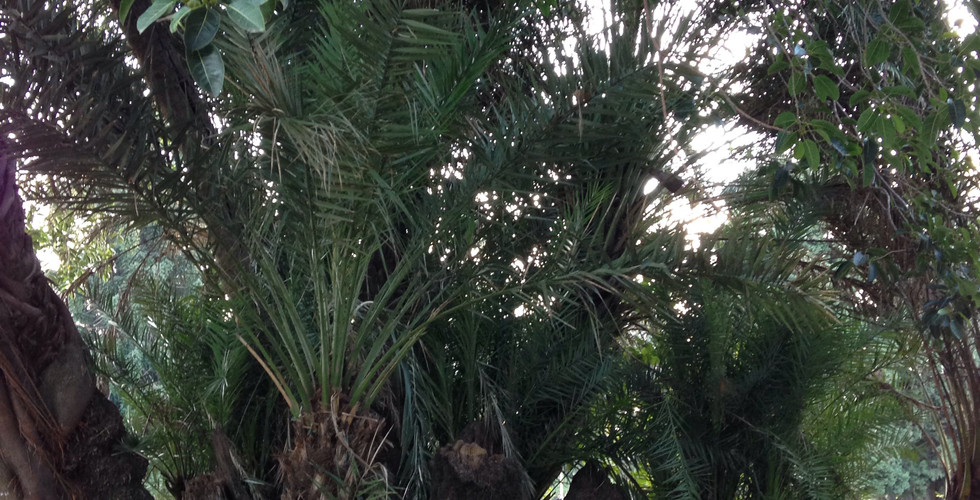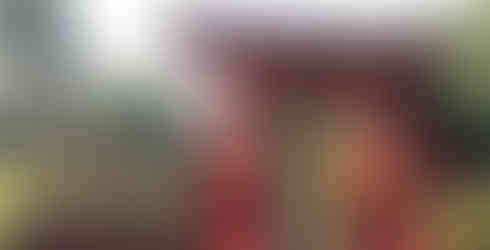Mi aventura del Palermo
- Kalee Snorden
- Jul 21, 2018
- 4 min read
Throughout the first full week I was here in Buenos Aires, I made it my mission to get familiar with the area in Palermo. What's the best way to get comfortable with a place? Walk it. Granted, I haven't walked ALL the neighborhoods of Palermo, but I have visited the majority of the green spaces and gotten lost more than once. But now, I definitely have a better feel for the neighborhood of Palermo Soho, where I and my roommates live, and of the parks in the area. The parks and green spaces in the city of Buenos Aires are breathtakingly gorgeous, well kept, constantly busy on weekends, and perfect for days wandering about for hours. In this post, I am going to take you on my adventure through the Jardín Botánico de Carlos Thays, Bosques del Palermo and Parque Tres de Febrero, and Jardín Japonés.
Bosques de Palermo y Parque Tres de Febrero
These two Green spaces are the first stops of my adventure. I first became acquainted with the location of Bosques de Palermo after meeting a fellow student and my Spanish professor from Ball State at a café from breakfast one Friday morning. After café, toast, and a jugito (small cup of freshly squeezed orange juice), we went walking around the area. To my surprise there was, situated in the middle of a major road circuit, a HUGE green space with lots of trees!!!!!! The sun aided in the effect, but it was impressive. In fact, as I later discovered, the Bosques de Palermo is more than 80 hectares and one of the largest green spaces in Buenos Aires Ciudad. The area is filled with walking paths, picnic spaces, soccer teams practicing, a pond where vendors set up shop on the weekends, and all kinds of birds. During the day-long excursion I took by myself, the most exciting was to see the parakeets just pecking at the ground. My reaction was as follows: **gasps** followed by the thought, ‘THEY HAVE LITTLE GREEN PARROTS HERE!’ My face was wildly ecstatic. I have only seen something like that in a zoo, the Indianapolis zoo specifically, and it blew my mind. I took way too many pictures of them and drew some odd glances because I got so excited over the cute little loros. As I continued on the winding trail and passed under and over a couple uniquely painted bridged, the Bosques de Palermo transformed into Parque Tres de Febrero. Unfortunately, it was getting close to dusk and I did not want to be trying to find my way home in the dark by myself, so I did not have the chance to explore all of the Parque Tres de Febrero. But, from what I did see, it is yet another gorgeous and manicured green space with fountains (one I am pretty sure was Neptune bathing?) and many other features I need to return and see (including the Rosedal, a rose garden).
Jardín Botánico de Carlos Thays
The Jardín Botánico de Carlos Thays is a historic botanical garden that was founded in 1892 by, as the name suggests, Carlos Thays. The garden is divided into faunal regions by continent, ecoregions, or specific focus (such as maté or butterfly garden). Throughout the Jardín Botánico, there are various fountains and statues of important figures in Argentine history, Greek gods, random scenes, and of Carlos Thays himself. I enjoyed walking through the garden absorbing the plant diversity there and contemplating the various statues. It was a warm day, in the 60s, but for some reason, people were still wearing jackets and some had scarves. I get that it is winter here, but this was warm even for Porteño standards. I tried to play along for a while, but I simply could not do it. So, I tied my jacket around my waist and continued on in my pink butterfly t-shirt. Granted, I am rather sure most people thought I had lost my mind, and a fellow American student picked me out of the crowd real quick, and I had to teach myself how to take a selfie (an almost painful experience), but I enjoyed my morning in the Jardín Botánico.
Jardín Japonés
I visited the Jardín Japonés the same day I went to the Jardín Botánico de Carlos Thays. So, no, in case you were wondering, I did not wear the same shirt multiple days in row. The Jardín Japonés was the first green space I went to where it was not free. However, the entrance fee was about four or five US-dollars ($120 pesos), so waaay worth it. Immediately, I could see why this place is a tourist attraction. It is an experience. Built by the Argentino-Japonés descendants of Japanese immigrants, it is a cultural monument to the Japanese heritage. There are beautifully manicured shrubs and bonsai as well as well-sculpted rocks, and beautifully architecture. The traditional music played over the speakers and the colorful fish in the pond added to the odd feeling of being transported to a different space and time.












































































































































Comments